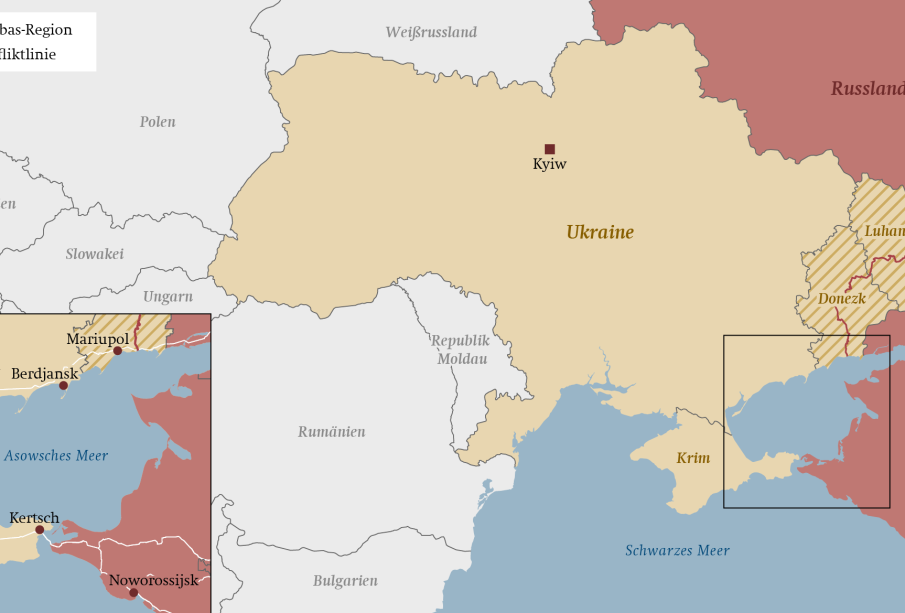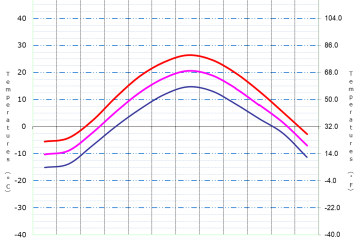Understanding the Situation in Donbas: Conflict and Hope

Introduction
The Donbas region, located in eastern Ukraine, has been at the center of international attention due to the ongoing conflict arising from Russia’s annexation of Crimea in 2014 and subsequent support for separatist movements. The situation in Donbas is critical, as it not only affects the stability of Ukraine but also poses challenges for the wider geopolitical balance in Europe. With millions of civilians impacted, understanding the developments in this region is crucial for both immediate humanitarian responses and long-term political solutions.
The Conflict in Donbas
The conflict in the Donbas has already resulted in over 14,000 deaths and displacing millions from their homes. It began when Russia supported armed groups in the Donetsk and Luhansk regions, declaring independence from Ukraine and leading to a protracted skirmish that continues to this day. Despite multiple ceasefires and negotiations mediated by organizations like the Organization for Security and Co-operation in Europe (OSCE), hostilities have flared up, with both sides accusing each other of violations.
As of late 2023, the Ukrainian government has made significant strides in repelling attacks and reclaiming territory, but the humanitarian toll remains immense. Access to essential services such as healthcare, education, and even basic necessities like food and water is severely hampered in these war-affected areas. Many civilians find themselves stuck in a constant state of insecurity, with limited or no support in the event of violence.
Humanitarian Situation and International Response
International organizations such as the United Nations (UN) and various non-governmental organizations (NGOs) are working tirelessly to provide aid to those affected by the conflict. Reports indicate that around 3.4 million people are in need of humanitarian assistance in the Donbas region. Efforts focus on delivering food aid, medical supplies, and psychological support to individuals struggling with the consequences of war.
This year, an increased emphasis on rebuilding infrastructure and providing education to children displaced by the conflict has emerged. However, continuous military action often hinders these efforts, and safety remains an urgent requirement for implementing effective humanitarian programs.
Conclusion
The situation in Donbas serves as a stark reminder of the human cost of geopolitical conflicts. While the efforts to broker peace and stabilize the region continue, the humanitarian crisis persists, necessitating ongoing support from the international community. As tensions fluctuate, it is vital for individuals and organizations worldwide to remain informed about the events in Donbas, advocating for peace and supporting humanitarian initiatives. The future of the region lies in diplomatic solutions, but the realities on the ground underscore the urgent need for humanitarian aid and commitment to rebuilding lives devastated by war.









